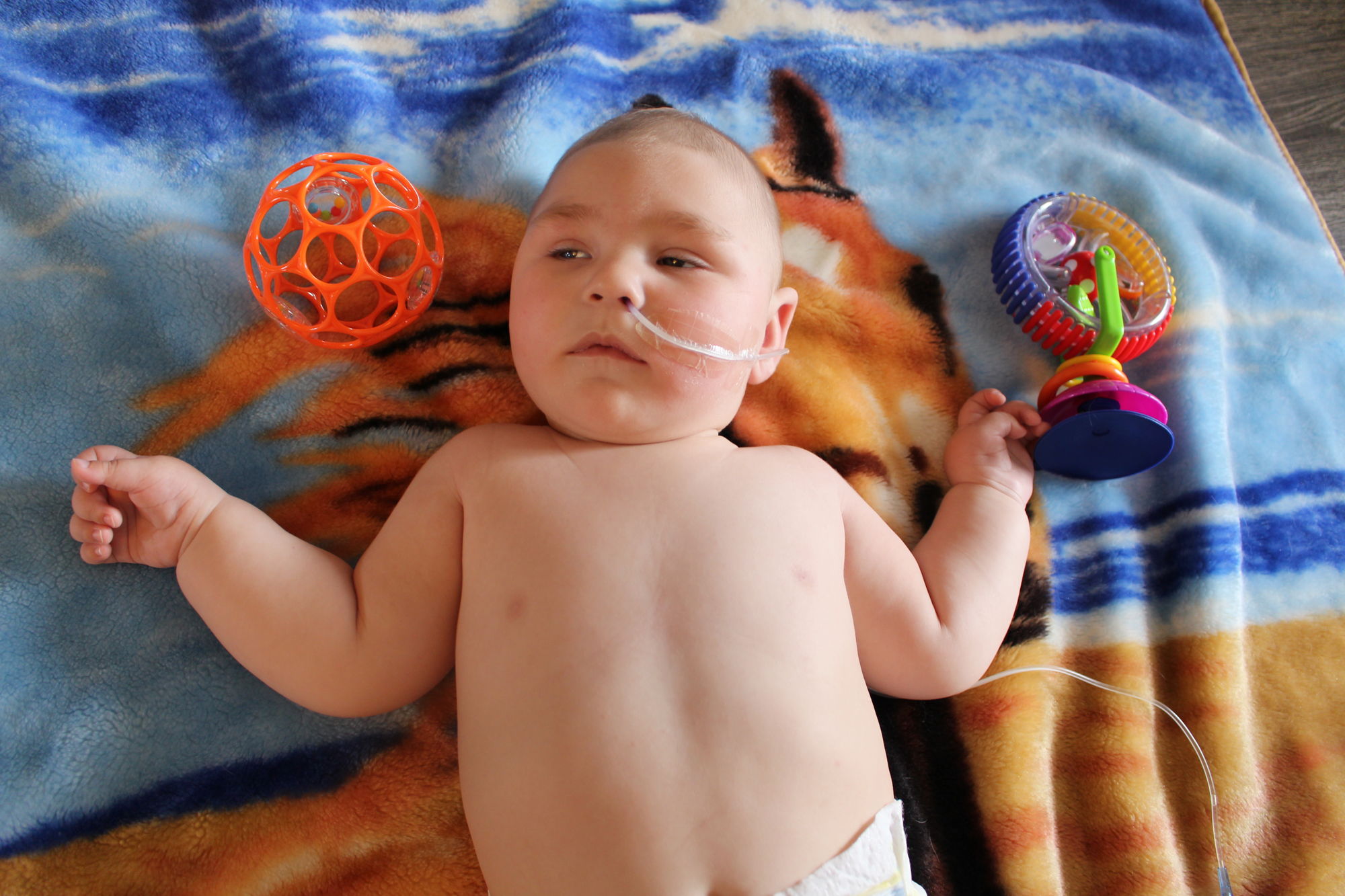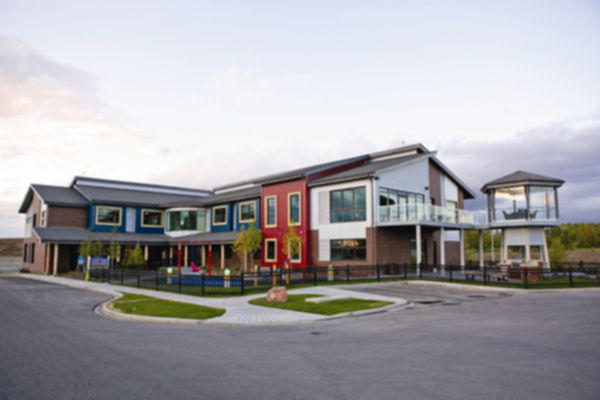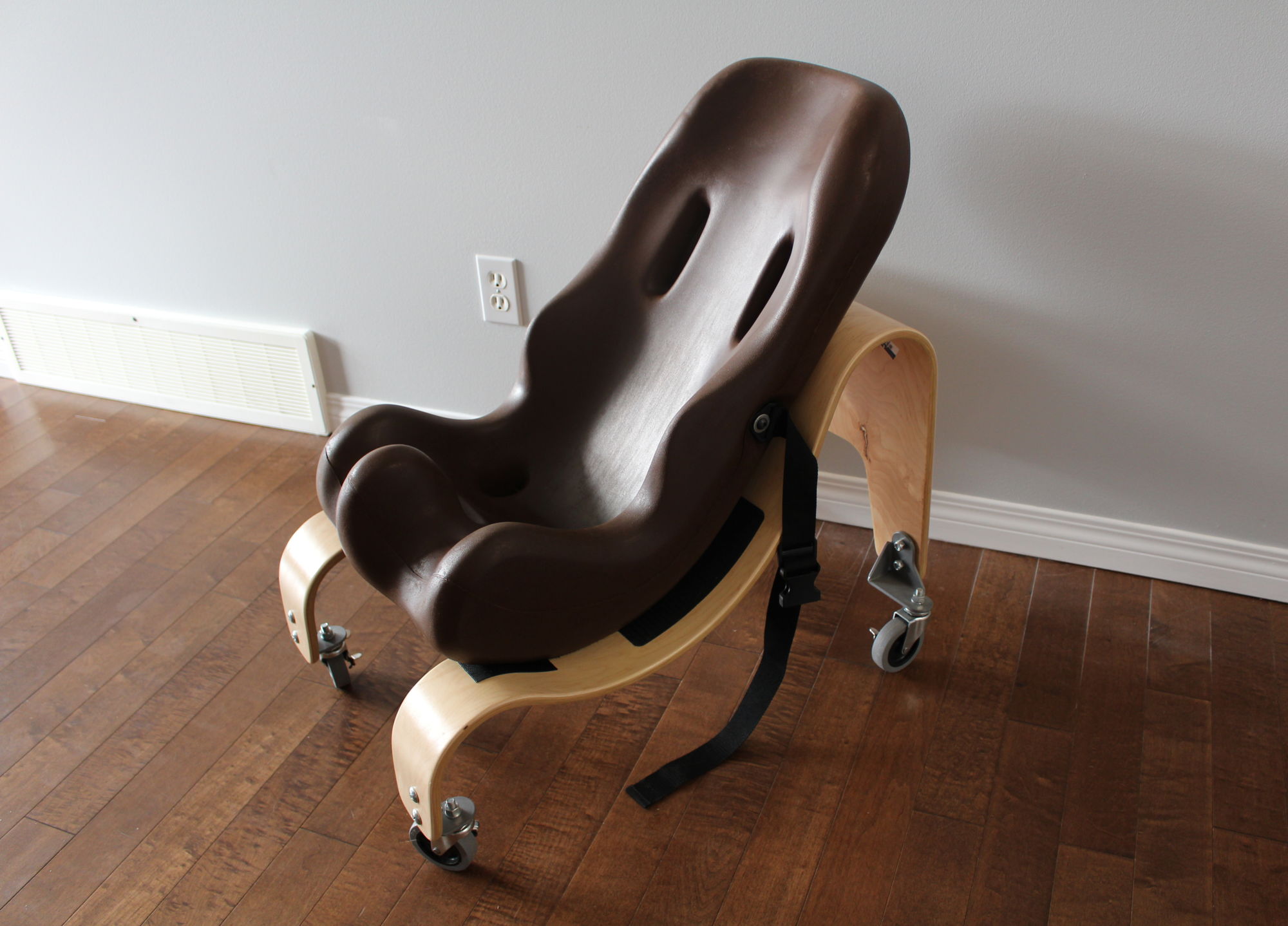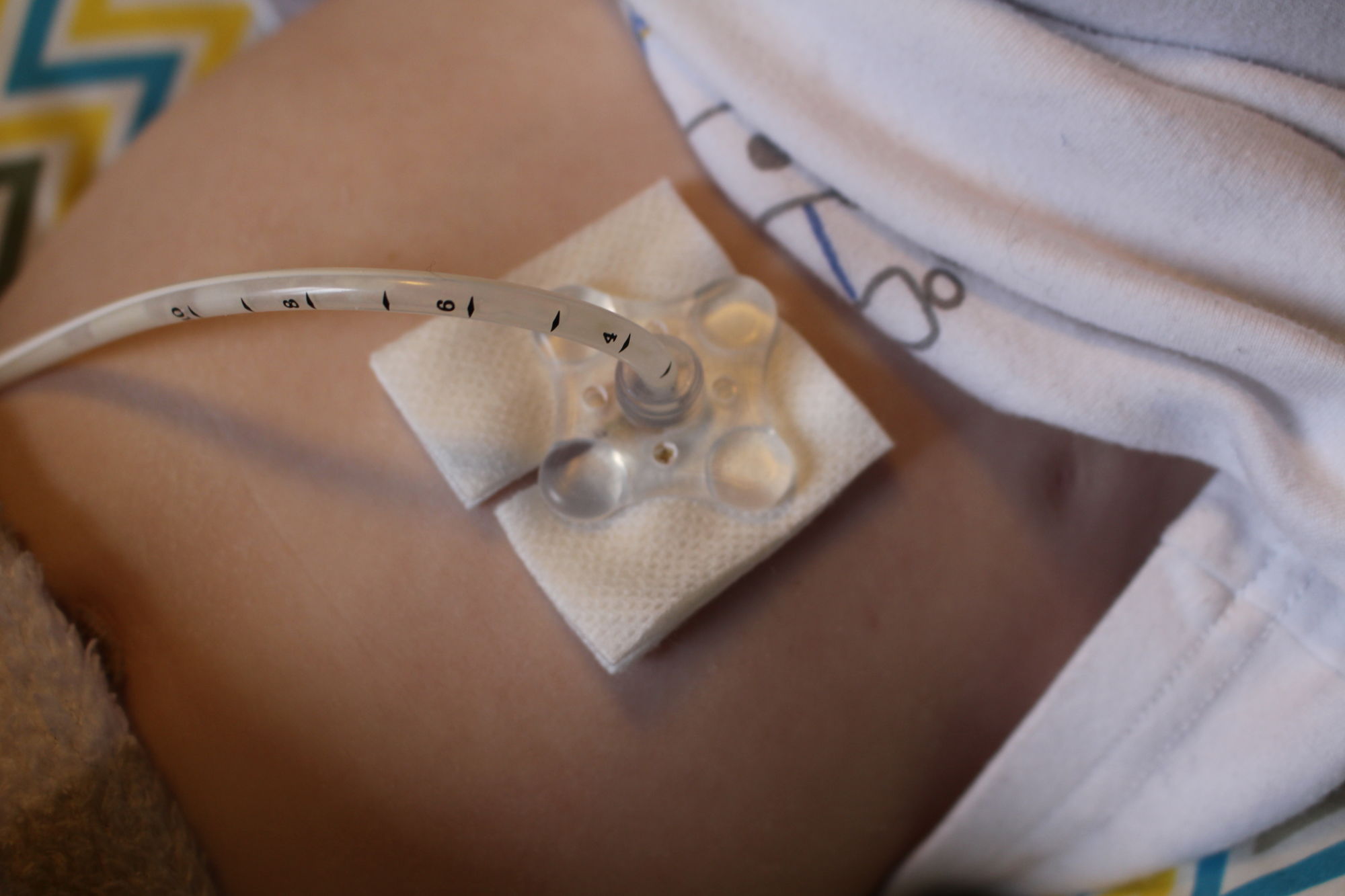This is the second of 3 blog posts that we’re writing to fill in the gap between our first hospital discharge and the present day. If you haven’t read part 1 you can go ahead and catch up here.
Head shape
In the months after our discharge from hospital we noticed Félip’s head size wasn’t following his growth charts. We could see that since his seizures had started his head had practically stopped growing. After some time, we were referred to the hospital’s neurosurgery clinic.
The clinic confirmed that his skull had an abnormal shape and was underdeveloped. The reason was that his brain wasn’t developing normally. With all the seizures and his underlying, still undiagnosed, genetic disorder, his brain hadn’t been able to keep developing as we would expect. Children’s brains are supposed to keep growing and pushing against the inside of their skull for it to expand. For Félip, without his brain pushing on his skull, some of his sutures (fontanelles) had prematurely fused shut. Moving forward, with his sutures as they were, his head would be of an abnormal “cone” shape. It was already noticeable when comparing to other kids his age.
The clinic offered us two options. The first was the do nothing option. Even with some of the sutures prematurely fused, his skull had the ability to keep expanding as needed following his brains growth. He would just further develop an odd “cone” head shape. The second option was to go into surgery to reconstruct his skull, much like kids born with birth defects might undergo. It would give his head a normal shape and break the prematurely fused sutures. However, it isn’t a small surgery. They would open up his head, break the bones of his skull, reshape everything and sew him back up. Furthermore, if his brain didn’t start developing at a normal pace afterwards, the sutures could, and probably would, fuse again. We could go through all that worry, risk and pain for absolutely nothing. The surgery also needed to be done before he was 1 year old so his bones would still be a little softer. At the time that left us with just a few months to keep monitoring his head growth and make our decision.
Looking back at it now we’re happy we decided not to go forward with the surgery. But, at the time, it was an incredibly hard decision to make. We couldn’t help but feel like we were “giving up on him” by not doing the surgery. We felt like we weren’t being hopeful for him. We had to really think long and hard about what was right for Félip at this moment with the information we had. Knowing what we know now, and how he’s progressed since, we definitely made the right decision.

Ketogenic diet
After trying countless anti-seizure medication and a few other therapies like Immunomodulation we decided to go ahead with a ketogenic diet therapy. A ketogenic diet is a high-fat, low-carbohydrate diet, that puts the body into a state of ketosis. We had high hopes for the diet as many kids see a significant reduction in seizures where medication hasn’t been effective.
We simply switched his formula to a ready made 4:1 keto ratio (4g of fat for every 1g of carbs) formula. We had to measure his ketone levels in his system a few times a day, more often in the beginning to gauge how his metabolism was handling the diet. We were measuring via urine indicator sticks and we had gotten a blood ketone digital monitor. We only used the blood monitor when we needed a more accurate, immediate reading, like when he was showing signs of excess ketones. Excess ketones in your system can cause you to feel unwell, there’s a list of short-term side effects which include fatigue, tachycardia, sweat and chills, shakiness, etc. In Félip’s case we would notice him get flushed and his breathing would get faster. He would seem more lethargic than usual and would seem to be hot. We would test his blood, and, if his ketone level was excessive we would give him some carbs, the easiest way being pure apple juice. The diet also has possible long-term side effects that are a little scary like ketoacidosis, kidney stones and high cholesterol levels.
The diet sadly ended up being ineffective. We kept it on for about 7 months which is more than is needed to see results. I guess we were holding on and still hopeful. Part of us was relieved to stop the diet though. Those 7 months had us always on alert, watching for side-effects, being ready to treat him or go to the hospital, constantly worrying.
Palliative diagnosis & Rotary Flames House
Through all of our hospital admissions we discussed in Part 1, and Félip’s struggles early on, we were referred to the Palliative Care team. They identified that Félip had a palliative diagnosis, simply meaning that his quality of life would be significantly affected from an early age and that his life expectancy wasn’t optimal. We could lose him any day, at any time. At this point in our journey, none of this was surprising. We had to face the facts and use this information for the better, not dwell on the negative aspects or waste our time thinking about what could happen.
One thing about this diagnosis was that it gave us access to the Rotary Flames House (RFH). The RFH is a great resource that we’ve used several times for respite. It’s a phenomenal facility with awesome staff that has a nice home-like atmosphere to it. They are fully equipped and staffed to deal with even the most special and complex kids.

Special Equipment
We quickly realized, as Félip wasn’t progressing at a fast pace, that we would have a lot of equipment for him and his care. We had already gotten a supportive and adjustable bath chair for him as well as his Special Tomato Soft-Touch Sitter.

We also got a portable suction machine for him that was a huge relief for us. With his breathing challenges, his difficulty managing secretions and having to deal with him vomiting so often, the suction machine definitely came in handy. It wouldn’t leave his side, taking it up and down the stairs at home, on every car ride, outing and walk outside. Wherever he went, the suction machine followed.
As he would keep growing, we would need to get countless other pieces of equipment for him. A wheelchair, house interior lift system, house ramps or lifts for the wheelchair, an accessible vehicle, special bedding, and the list goes on.
Car travel
Traveling with Félip in the car got really complicated, really fast. With him having seizures in the car, with his chronic vomiting and risk of aspiration, and with his troubles managing his secretion, we had a lot to deal with. We had to frequently stop the car, either in a parking spot or a not so convenient location like the side of a highway, get him out of his car seat, get him into a rescue position (side lying), suction him and wait for the episode to pass. Before too long, we couldn’t travel on our own with him. Both of us had to be in the car with one of us sitting in the back with him at all times. We went months with feeling like being in a taxi cab with one of us driving at the front and the other always sitting in the back. Getting out of the house felt like a constant risk and quite a burden. We were always saying that we wouldn’t let Félip’s troubles stop us from leaving the house and we wanted to lead a normal life, for him and for ourselves. But, these traveling challenges made us feel quite defeated.
Eventually, Félip got better and we were actually able to switch him to a bigger car seat in a more upright position. We also solved some of the vomiting and aspiration troubles.
Nowadays, we’re able to travel normally and he does quite well in the car most of the time. We’re always appreciating where we’ve been and the challenges we’ve surmounted through our journey. Whenever we think things aren’t going well or we feel overwhelmed or discouraged by a situation, we think back to all the troubles we’ve been through and the fact that they’re in the past. It might not always seem like it, but Félip is doing much better then he was in the beginning.
G-tube and fundoplication surgery
After over a year of feeding tubes going through his nose (you can read more about Félip’s feeding journey here), we finally went forward with Félip’s gastrostomy tube (g-tube) surgery. We’re truly grateful for it. It gave us a more permanent and manageable way to feed him.
The surgery created a direct port to his stomach through which we could feed him formula, and later on, his blended diet.

We also opted to do a fundoplication at the same time. This is when they wrap the top part of the stomach around the esophagus to prevent stomach content from coming up with acid reflux. Essentially, it prevents him from vomiting.
Any surgery is worrisome. We don’t make the decision lightly and have to always weigh the pros and cons. In this case, everything went really well without any complication whatsoever.
His g-tube and fundoplication have made such a big difference in Félip’s life, as well as our own. It might just be for feeding, but it affects so much more (the car travel above being an example). With his aspiration risk greatly reduced, it could even have been lifesaving.
As always… Love. Laugh. Repeat.

